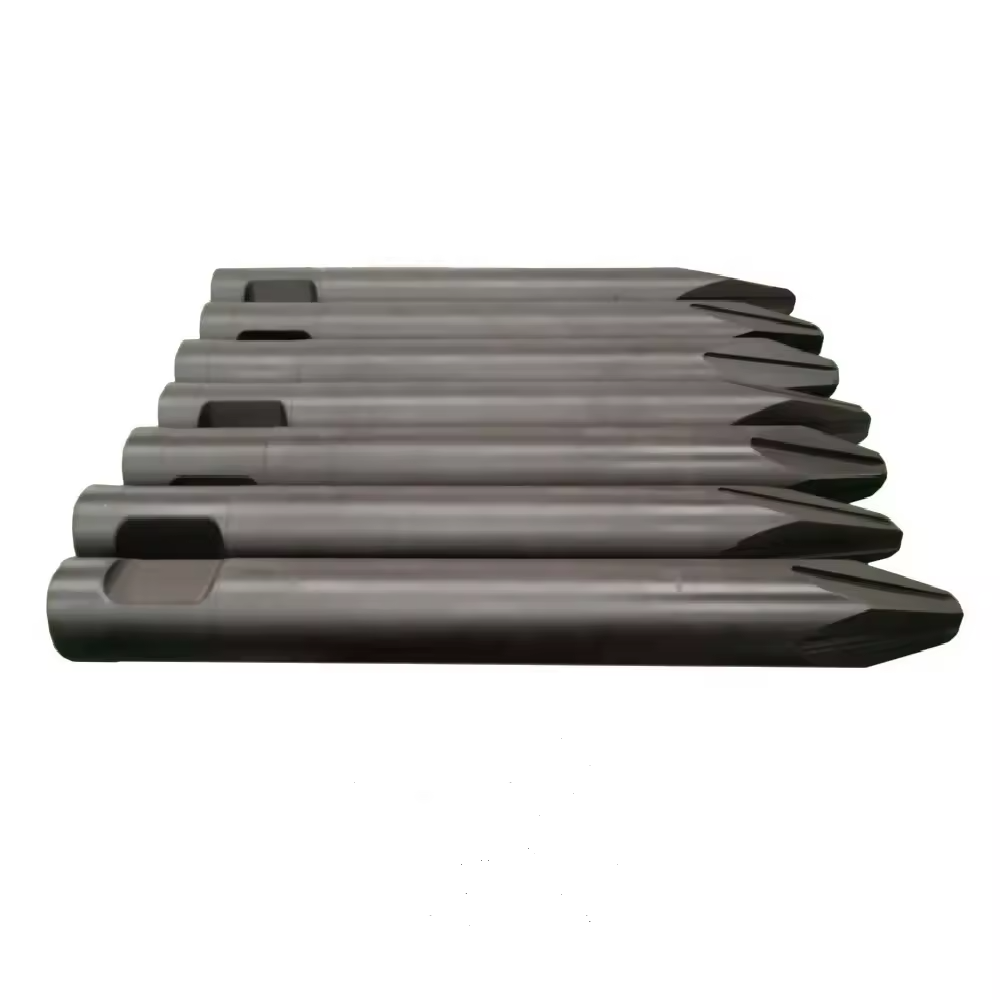
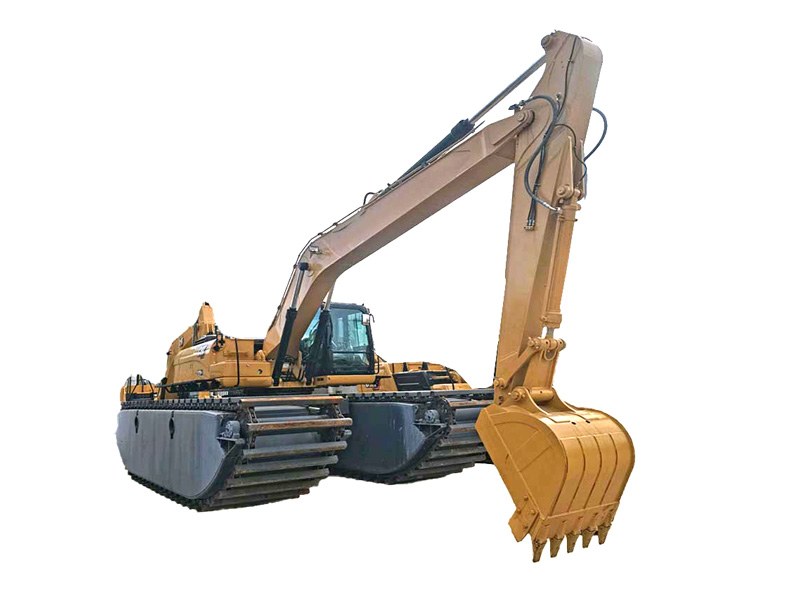
Amphibious Excavator usually refers to a dredger, also known as a dredge or suction dredger. The amphibious excavator is a special vessel specially used for dredging and dredging operations in waters. It is efficient and flexible and has important application value in ports, river maintenance, water conservancy projects, and other fields. Structure and Principle Hull […]
Email: equip@lichmach.com
Amphibious Excavator usually refers to a dredger, also known as a dredge or suction dredger. The amphibious excavator is a special vessel specially used for dredging and dredging operations in waters. It is efficient and flexible and has important application value in ports, river maintenance, water conservancy projects, and other fields.
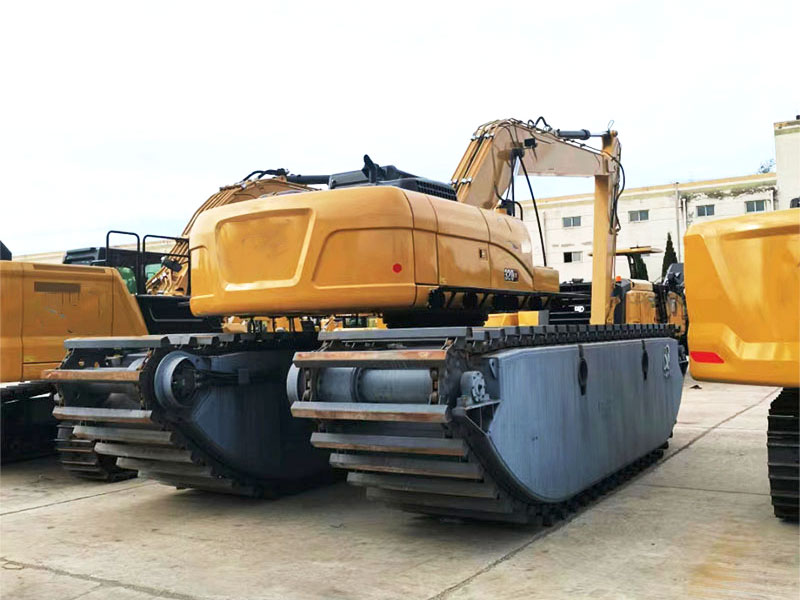
Hull structure: amphibious excavator usually consists of a hull, a power system, dredging equipment, and conveying equipment.
Principle of dredging: Mud is sucked and dredged through the dredging equipment on the hull (such as dredging suction mouth, dredging head, etc.), and then the dredged sand is transported to the destination through transportation equipment (such as pumps, transportation pipelines, etc.) land.

Water operations: Suitable for sand excavation, dredging, and other operations in rivers, lakes, ports, and other waters.
High efficiency: It can complete the excavation and transportation tasks of sediment quickly and efficiently.
Flexibility: The boat digger can flexibly move in the water to adapt to different operating needs.

Port dredging: used to clean up silt in ports and waterways to ensure the safety of ships.
River maintenance: used to maintain the navigation conditions of the river and clean up the silt, aquatic plants, etc. in the river.
Water conservancy projects: In water conservancy projects, such as river embankment construction and embankment reinforcement, ship dredging is also widely used.
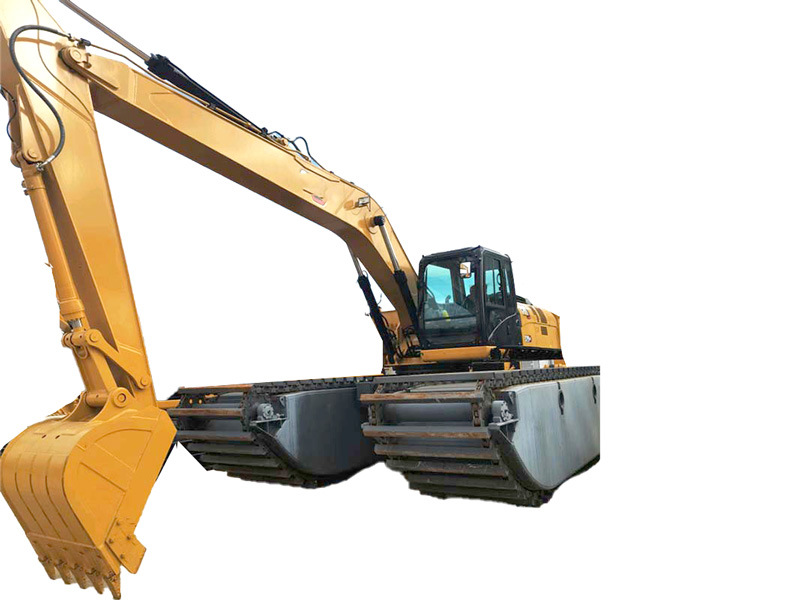
| Model | LC313GC | LC320GX | ||
| Standard | Extended | Standard | Extended | |
| Engine power (kw) | 74.5 | 108 | ||
| Working weight (kg) | 18500 | 20000 | 30000 | 32000 |
| Arm length (m) | 4.65 | 5.65 | 5.7 | 6.9 |
| Forearm length (m) | 2.5 | 3 | 2.7 | 3.5 |
| Capacity (m3) | 0.53 | 0.6 | 0.9 | 0.8 |
| Maximum stretch distance on the ground (m) | 8.22 | 9.72 | 9.58 | 11.58 |
| Number of chains for a single main buoyancy tank | Two | |||
| Length, width and height of a single main pontoon (mm) | 6800*1200*1550 | 8000*1500*1770 | ||
| Main fuel tank capacity (L) | 250 | 390 | ||
| Optional Parts | ||||
| Single side pontoon length, width and height (mm) | 6000*1500*750 | 6000*1300*900 | ||
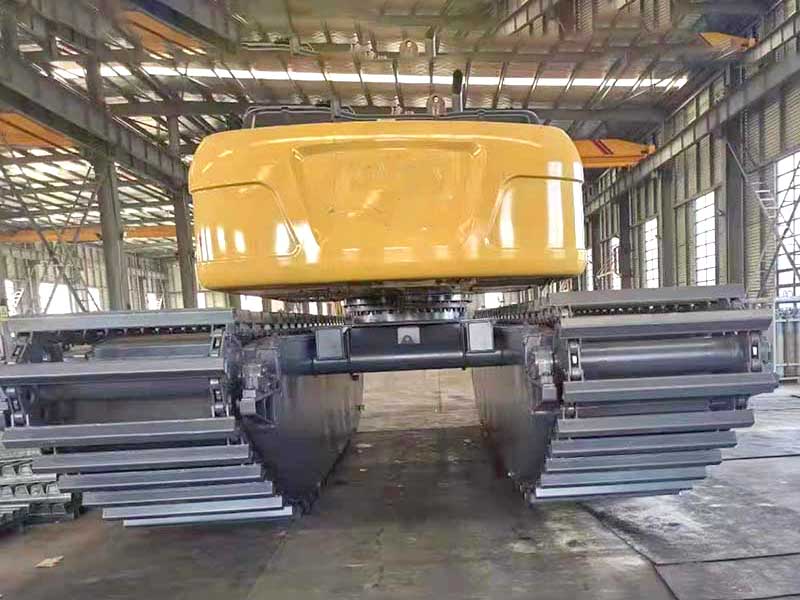
Contact With Us
If you have any questions please fell free to contact with us.